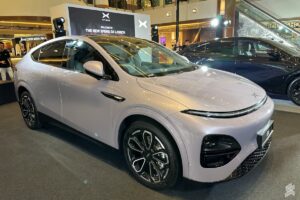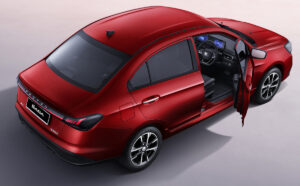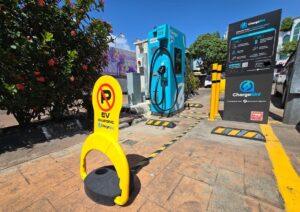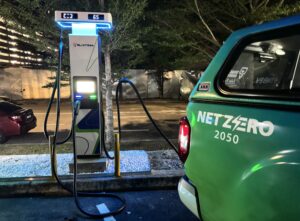When Samsung first unveiled the Galaxy S25 Edge, I didn’t buy into the hype. A phone that thin sounded like a design stunt built on compromises. A 3,900 mAh battery in 2025? Tiny! No dedicated zoom lens? Felt like a step back.
But everything changed the moment I held it in Bangkok. At just 5.8 mm thin and 163 g light, it felt different. Easy to grip, effortless to shuffle in your hand, and could be genuinely comfortable for long use. Specs alone couldn’t convey that. Thin and light suddenly made sense.
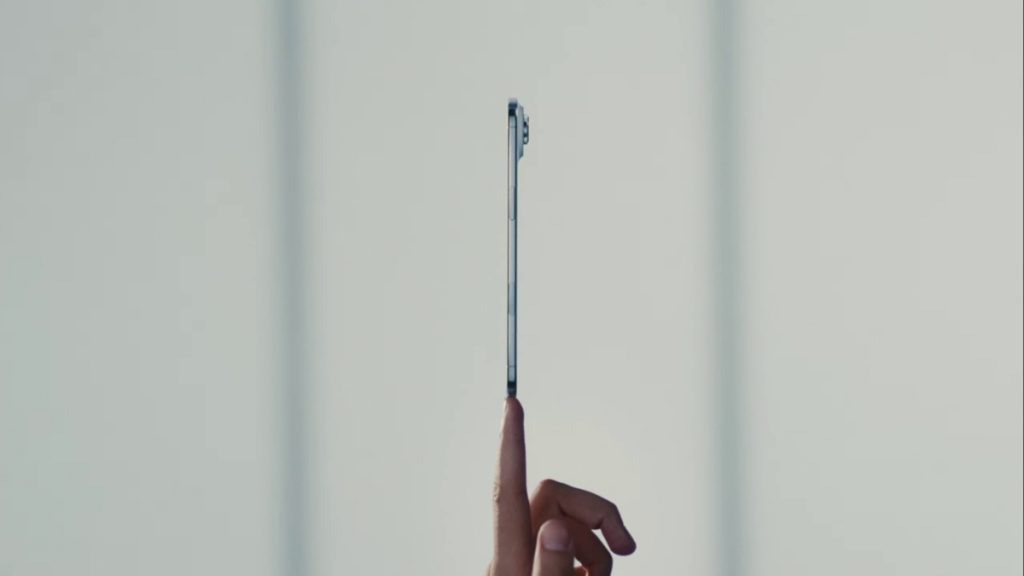
Now Apple is chasing the same idea with the iPhone Air. And while some will call it a gimmick, I don’t. I’ve felt what the Galaxy S25 Edge did right, and I know Apple‘s version could click in the same way.
So here’s the big question: in 2025, who really nailed thin and light: Samsung or Apple?
Thickness & Weight
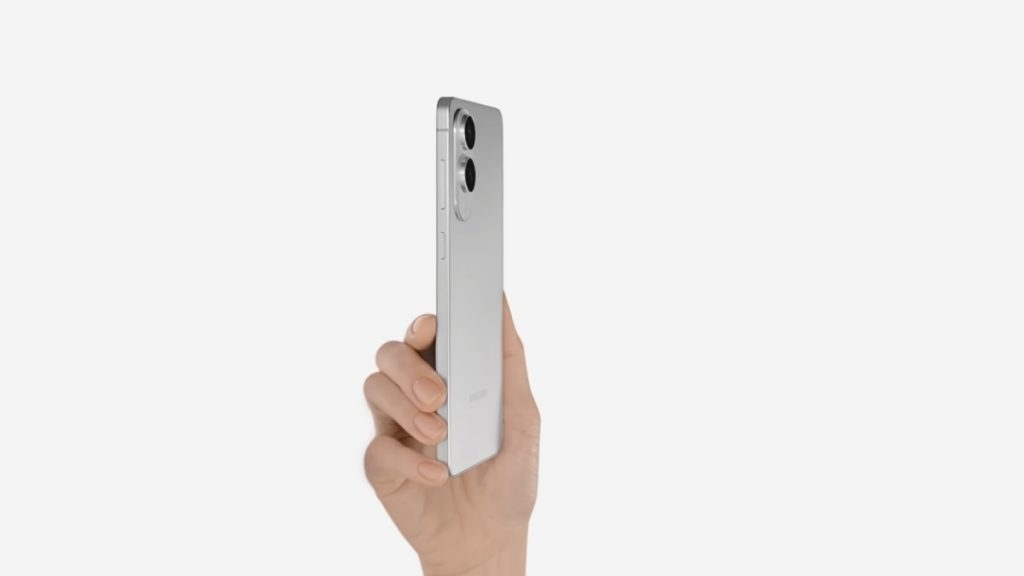

Let’s start with the headline numbers, because that’s where all the noise is. The Galaxy S25 Edge is 5.8 mm thin and 163 g, while the iPhone Air shaves it even closer at 5.6mm and 165g.
So, technically, Apple wins the thinness crown, while Samsung takes the lightweight title. But in real-world use, I think it’s fair to call this one a draw. Both are absurdly slim, and both feel dramatically different from the chunky flagships we’re used to.
But here’s the thing: people usually notice thinness more than weight. When you hold a phone, shaving off millimetres changes the way it feels far more than dropping a couple of grams.
That’s why, while I’m calling it a draw on paper, I’ve got a gut feeling the iPhone Air will leave the bigger impression once I actually get my hands on it.
Aesthetics
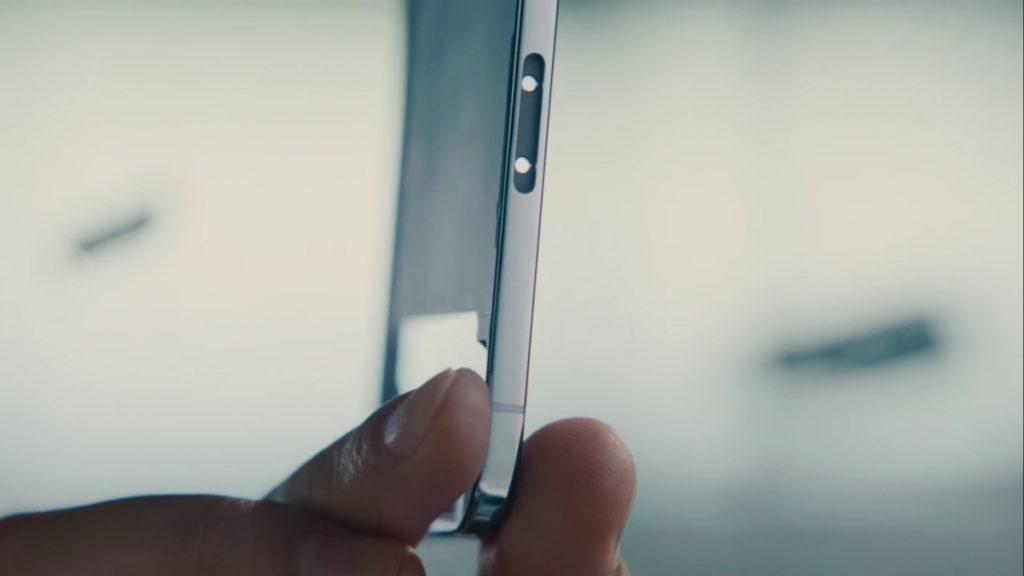
Both phones lean into titanium, which instantly gives them that premium vibe. Fun fact: the iPhone Air is the only new iPhone this year to use it. But this isn’t a bragging point, just Apple showing it can pull titanium into an ultra-thin body.
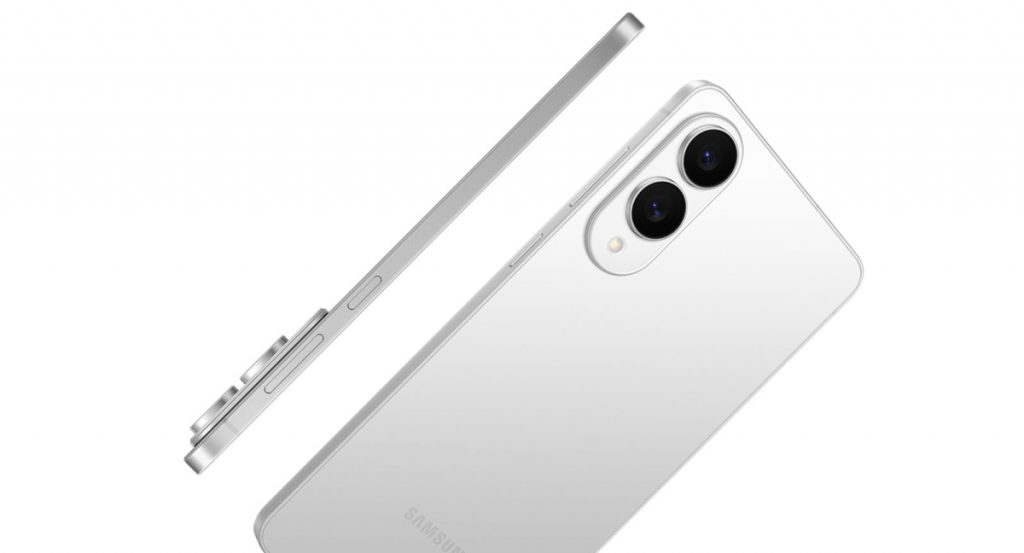
Here’s where things get more interesting. Slim phones usually mean chunky camera bumps, and Samsung’s S25 Edge isn’t immune, with it measuring 8.45mm including the bump. But even then, Samsung deserves credit for how well it blends the 200MP main sensor and 12MP ultrawide into the design. The bump is there, but it doesn’t overwhelm the phone’s silhouette.
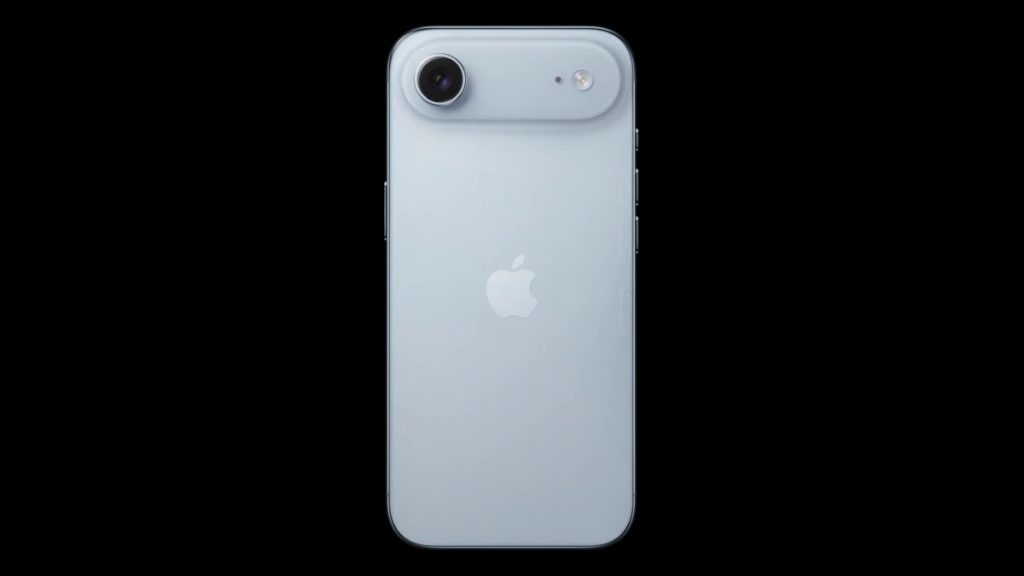
The iPhone Air, on the other hand, has a more pronounced bump. Apple says it’s not just for the cameras but for housing much of the phone’s core hardware, which frees up space inside the chassis for a larger battery.
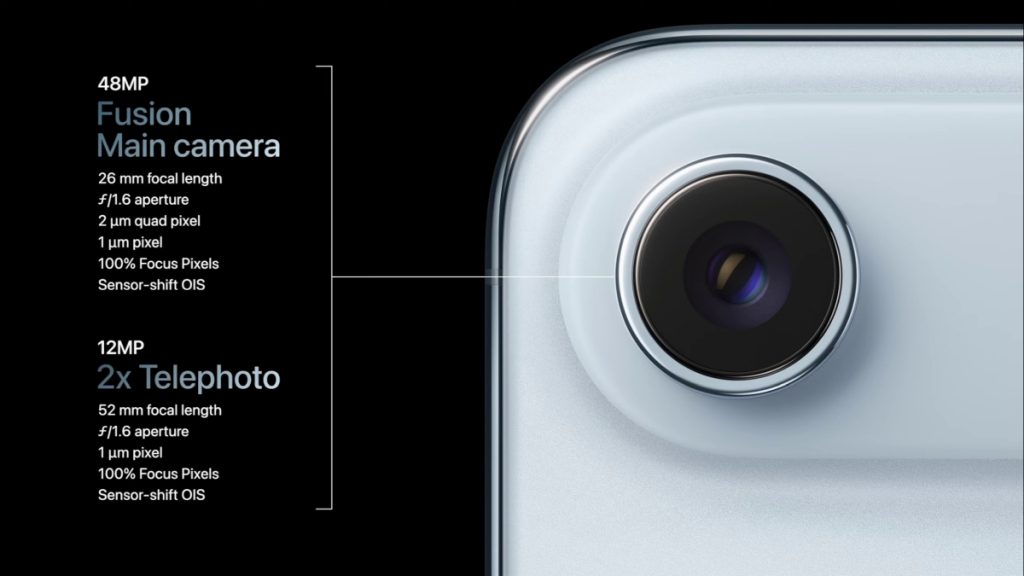
Despite that, there’s only a single camera, much like the iPhone XR from 2018. Its 48 MP fusion camera system works like multiple lenses in one, offering 2x in sensor zoom, computational upgrades, and low-light tricks powered by the Apple A19 Pro. Not as versatile on paper as Samsung, but Apple leans on software magic.
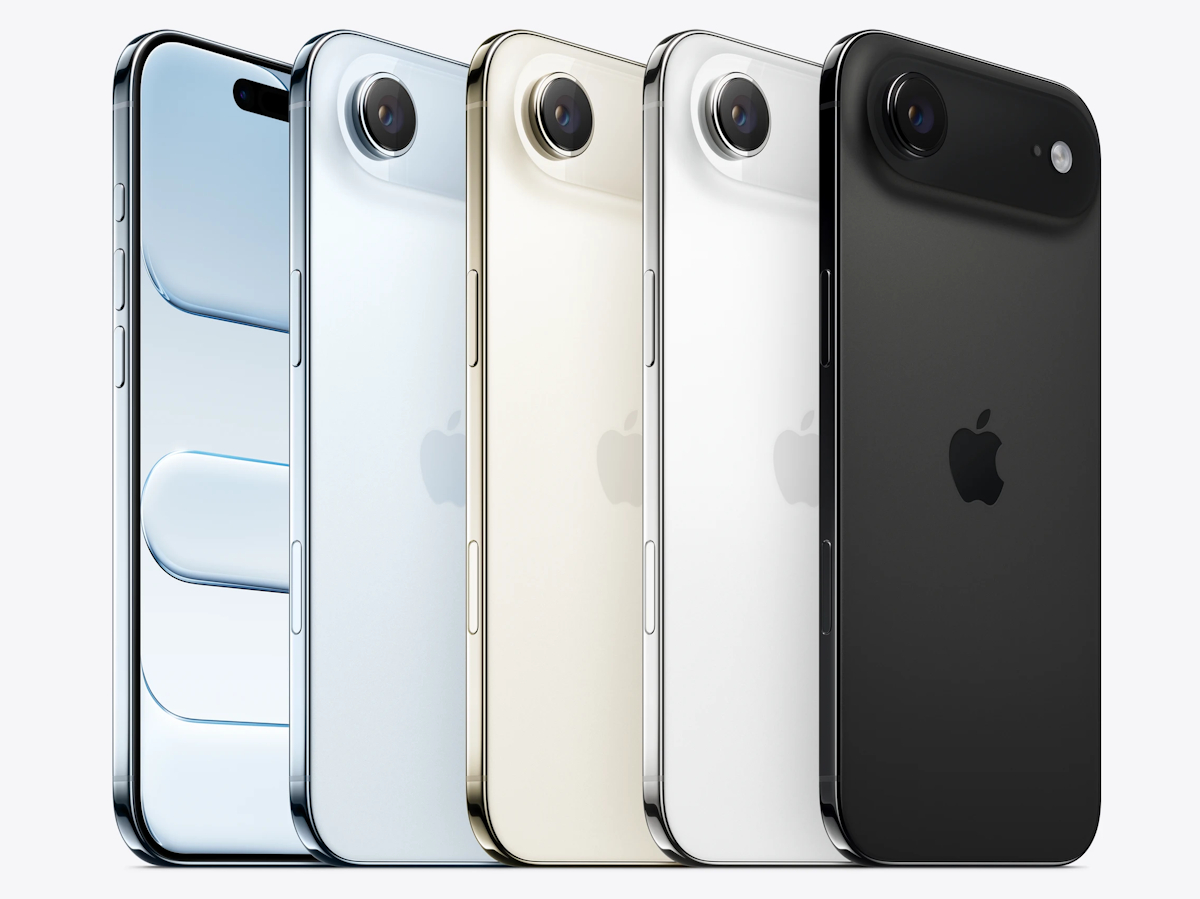
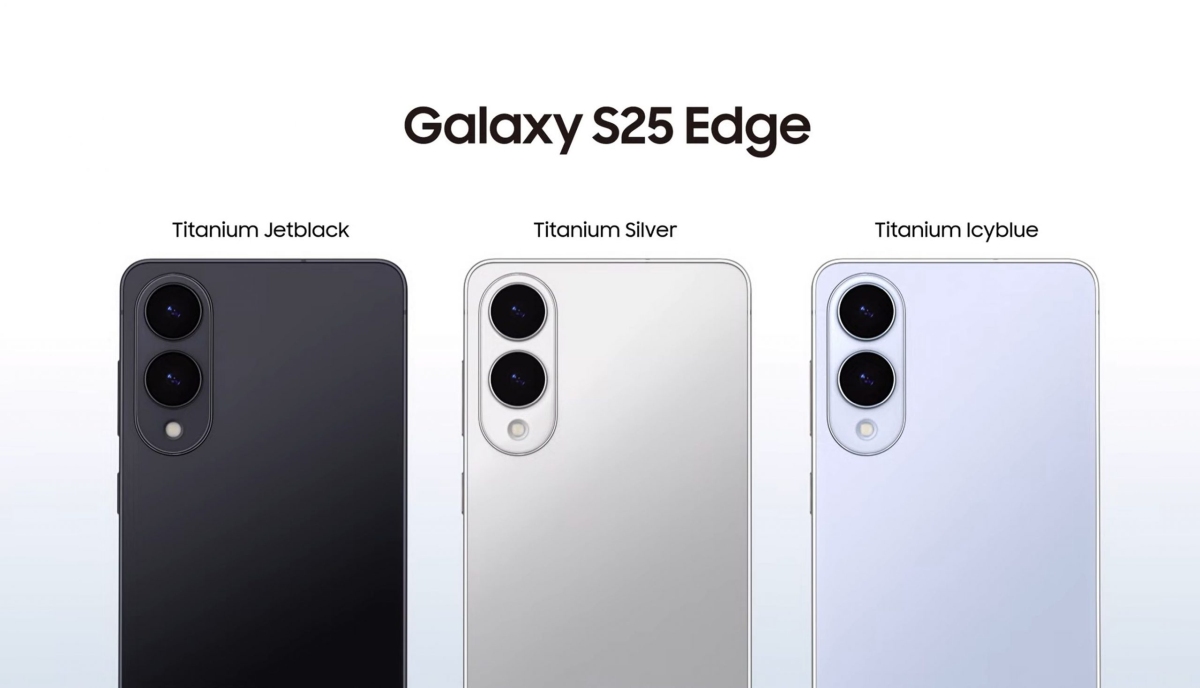
Meanwhile, the mirrored titanium frame, Ceramic Shield 2 front and back, and colours like Sky Blue and Light Gold bring polish and personality.
Battery & Endurance
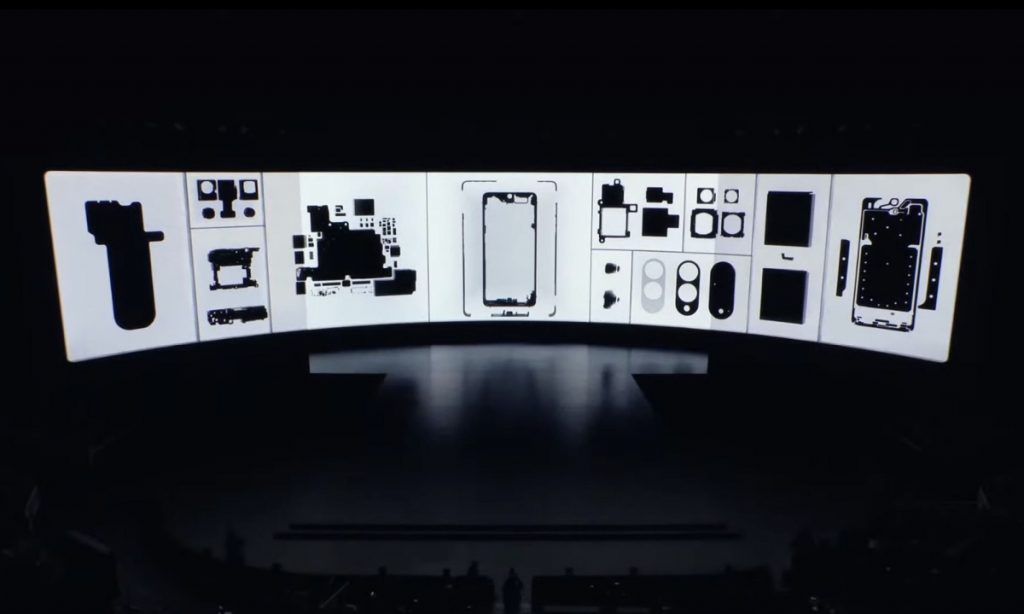
Thin phones usually stumble on battery life, and the Galaxy S25 Edge kind of proves the point. With just a 3,900 mAh pack, light users might be fine, but heavy users will be nervously watching their percentage drop. It’s the trade-off for going slim.

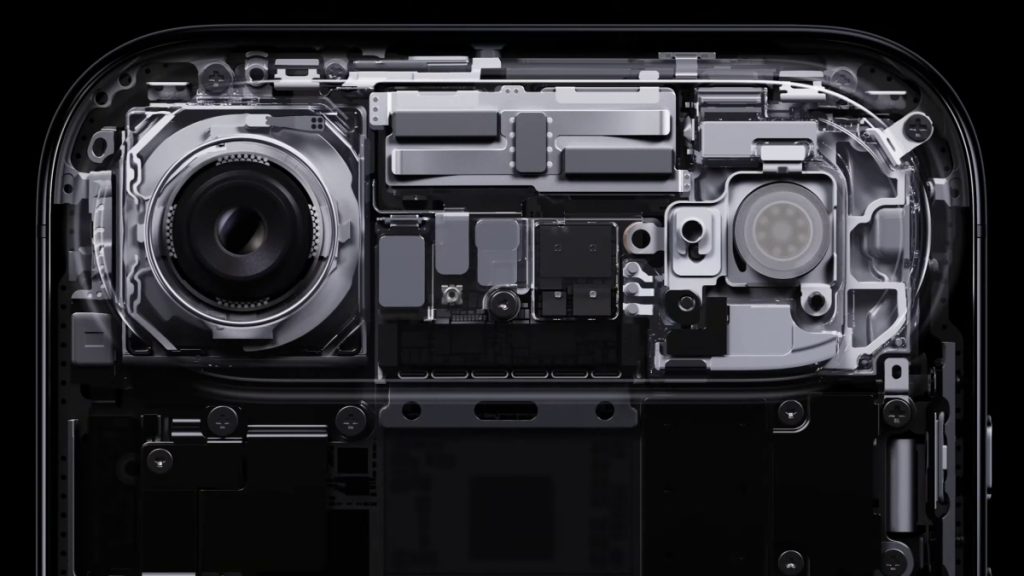
Apple took a different approach. They didn’t reveal exact battery size (frustrating, I know) but explained how shifting components into the plateau camera bump freed up space for a “high-density” battery. However, unlike Samsung, Apple put in the work to optimise a lot of the hardware components for efficiency.
- CPU performance cores got smarter with better branch prediction and bandwidth, so they run faster without guzzling power.
- Efficiency cores now have 50% more last-level cache, making everyday tasks leaner.
- The GPU integrates neural accelerators into each core, delivering more AI compute per watt.
- A new N1 wireless chip handles Wi-Fi 7, Bluetooth 6, and Thread more efficiently.
- And the new C1X modem is up to 2× faster than before while sipping 30% less energy.
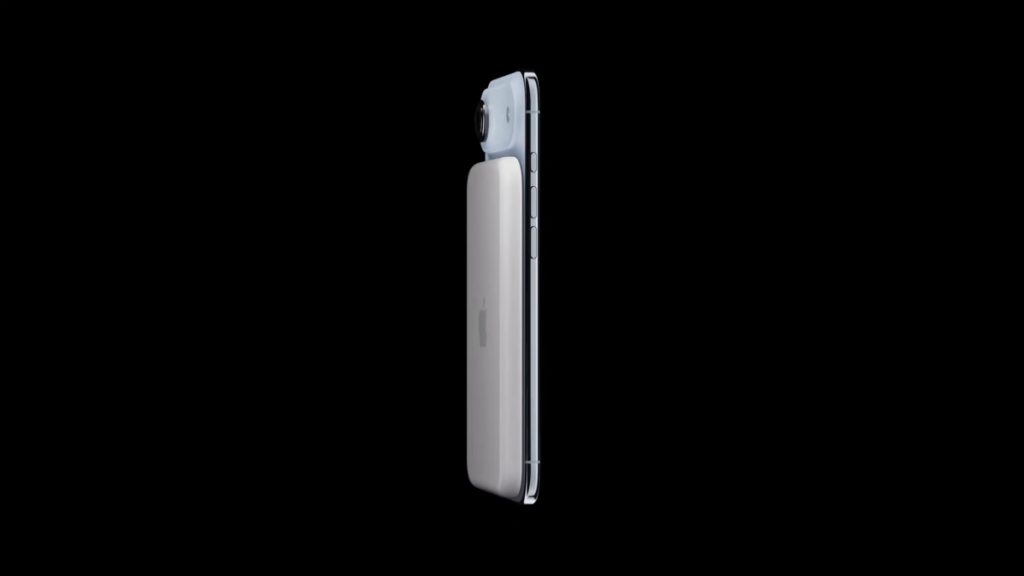
But here’s where I raise an eyebrow: Apple also quoted 40 hours of video playback, but only when using the new MagSafe battery pack. If you need an accessory clipped on for your headline number, that’s not the most reassuring sign.
Still, between silicon efficiency and software smarts like iOS 26‘s Adaptive Power Mode, the iPhone Air could end up matching or even outlasting the Galaxy S25 Edge.
Performance & Cooling

The Galaxy S25 Edge packs Qualcomm’s Snapdragon 8 Elite for Galaxy, paired with a redesigned vapour chamber to keep temps under control. That’s a traditional “throw cooling at it” approach.
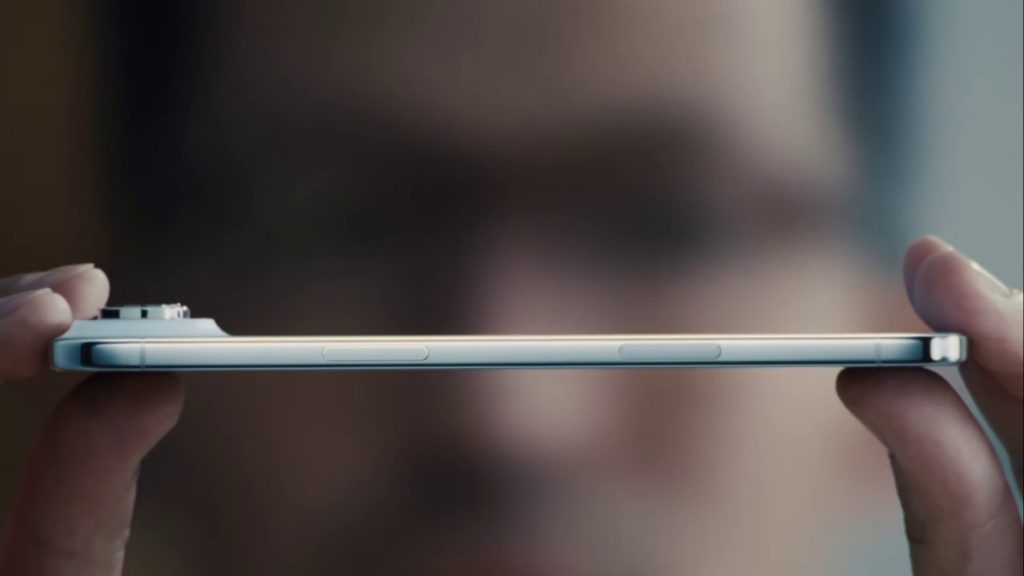
Apple, meanwhile, promised not just efficiency but “MacBook Pro levels of performance” with the A19 Pro chip. They redesigned cores, boosted GPU power with neural accelerators, and focused on efficiency so they wouldn’t need oversized cooling hardware in a 5.6 mm phone.
Credit where it’s due: making components this power-efficient is harder than just beefing up the cooling. It’s still too early to call as we need benchmarks, but Apple’s claims are bold.
Displays
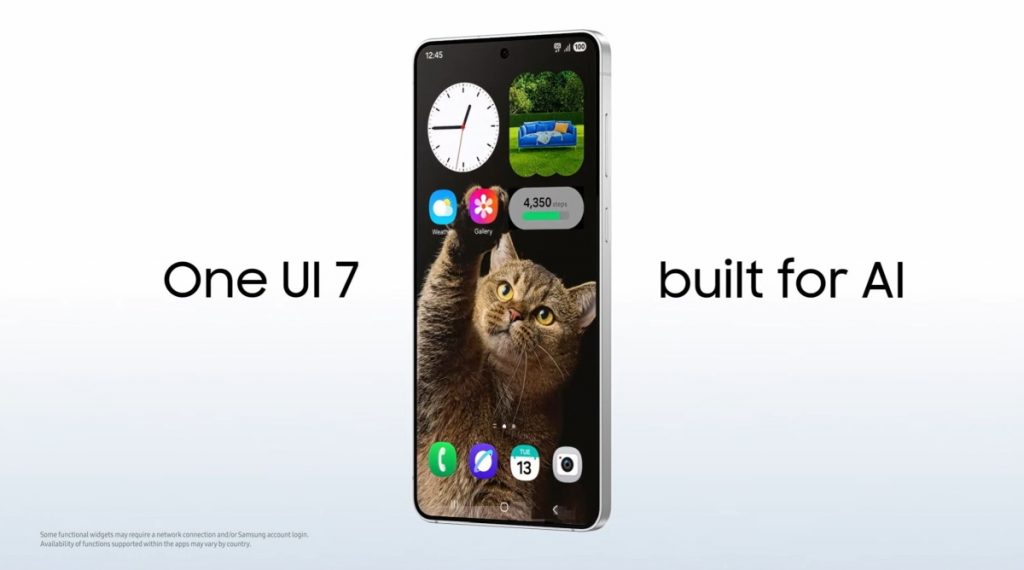
Bigger screen or tougher glass? That’s basically the choice here.
Samsung gives you a 6.7″ QHD+ AMOLED that’s sharp, smooth at 120 Hz, and pushes up to 2,600 nits of brightness. It’s covered with Corning’s Gorilla Glass Ceramic 2. It’s good glass, but it sits a step below the flagship Gorilla Armor Glass 2 Samsung reserves for the Ultra Series.
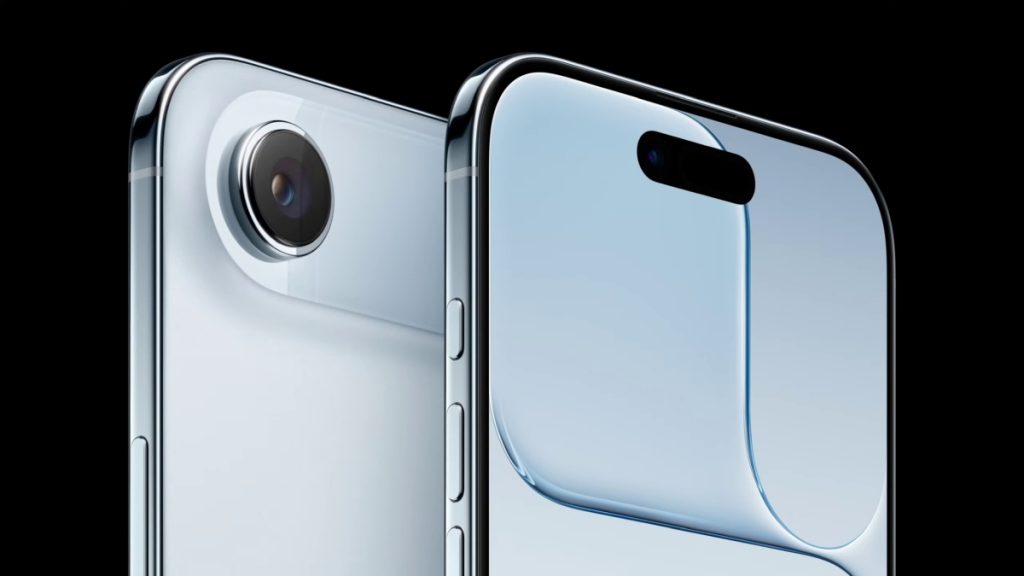
Apple’s iPhone Air is a touch smaller at 6.5″ Super Retina XDR OLED with 120Hz ProMotion. Oh, and it hits 3,000 nits peak brightness, so outdoor visibility shouldn’t be an issue. The new Ceramic Shield 2 isn’t just on the front, but on the back too, a first for iPhone.
Apple claims it’s 3× more scratch resistant and 4× more crack resistant than before, which is a big deal for a phone this thin. So unlike on the Samsung, you’re getting Apple’s toughest glass to date here.
So do you pick size, or do you pick toughness? That’s the real question here.
Verdict
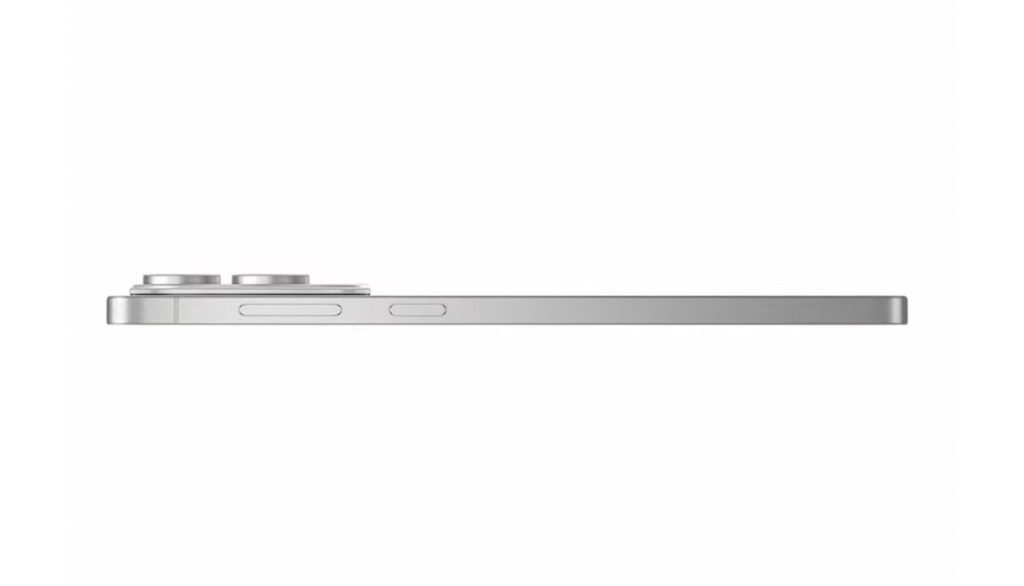
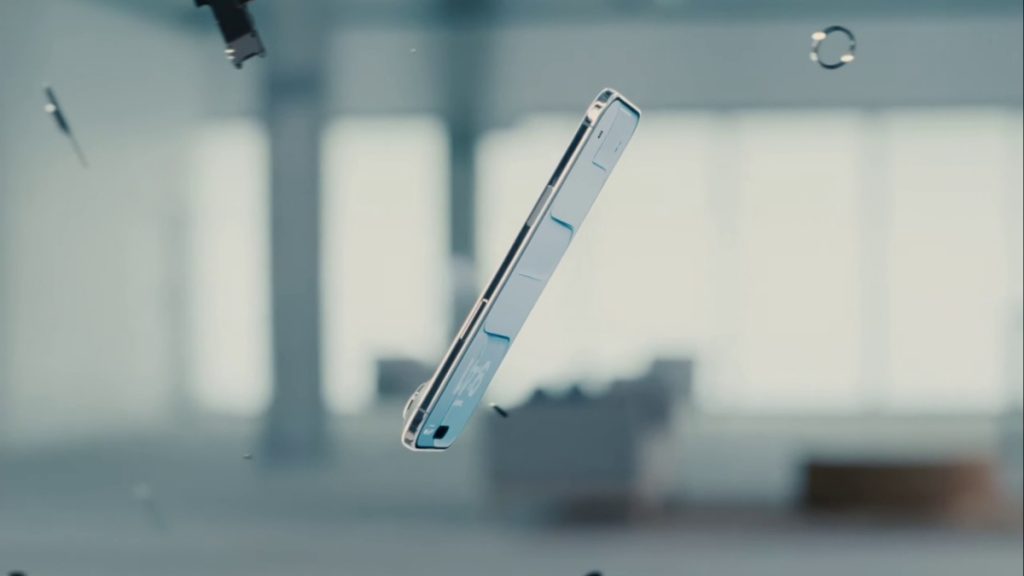
Both Samsung and Apple have made 2025 the year of thin and light. The Galaxy S25 Edge showed me firsthand how transformative this design philosophy can be, while the iPhone Air is set to deliver Apple’s take on it. On the numbers we know, thinness and weight end in a draw, though thinness might win the day once I handle the iPhone Air.
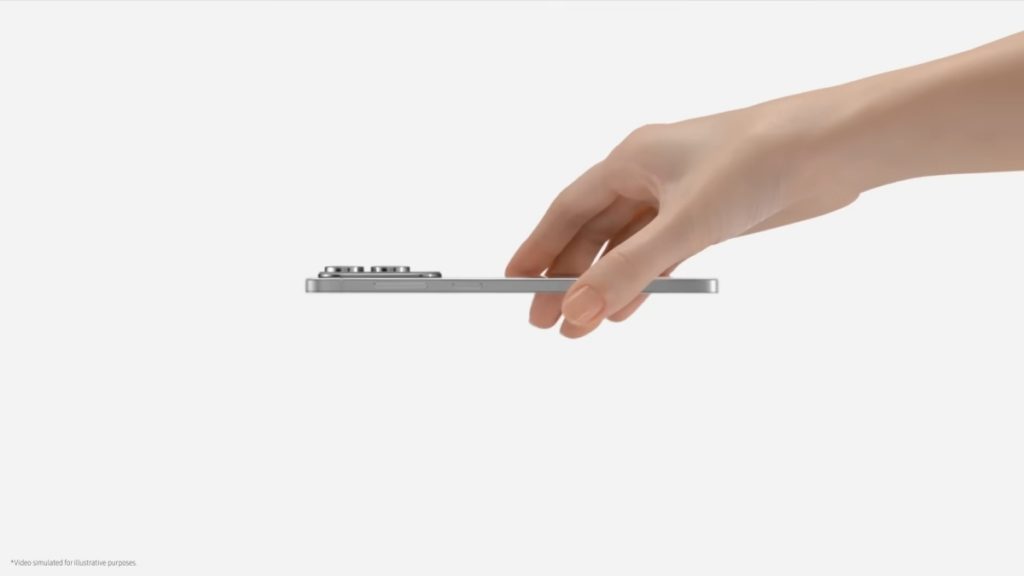
While Samsung edges ahead in bump execution and Apple answers with stronger colours and tougher glass, everything else like battery endurance, performance under heat, real-world usability, remains an open question until we get the iPhone Air in hand.
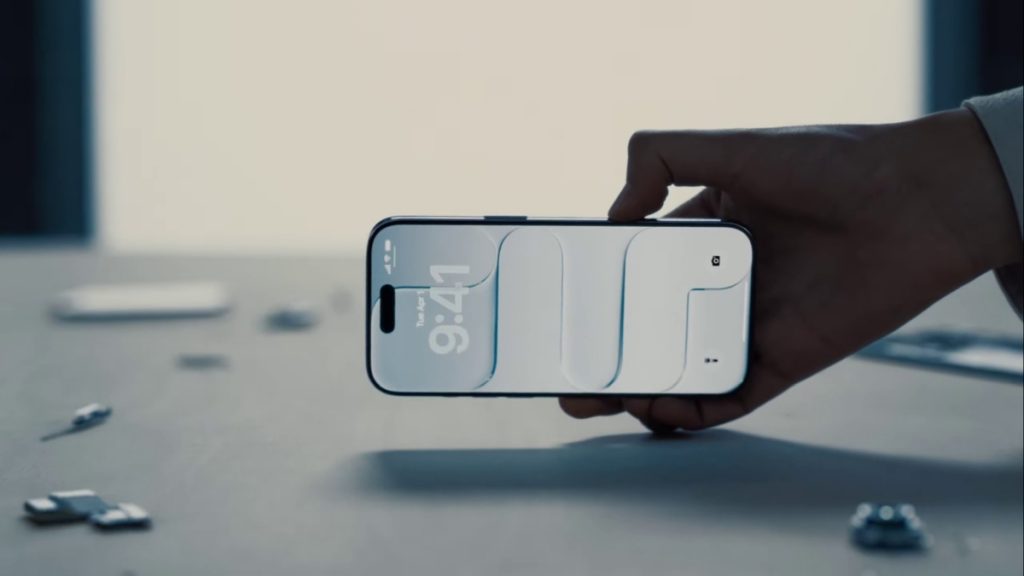
But here in Malaysia, the winner is already decided. The Galaxy S25 Edge isn’t officially sold here. The iPhone Air,starting from RM4,999, launches September 19th with full local support.
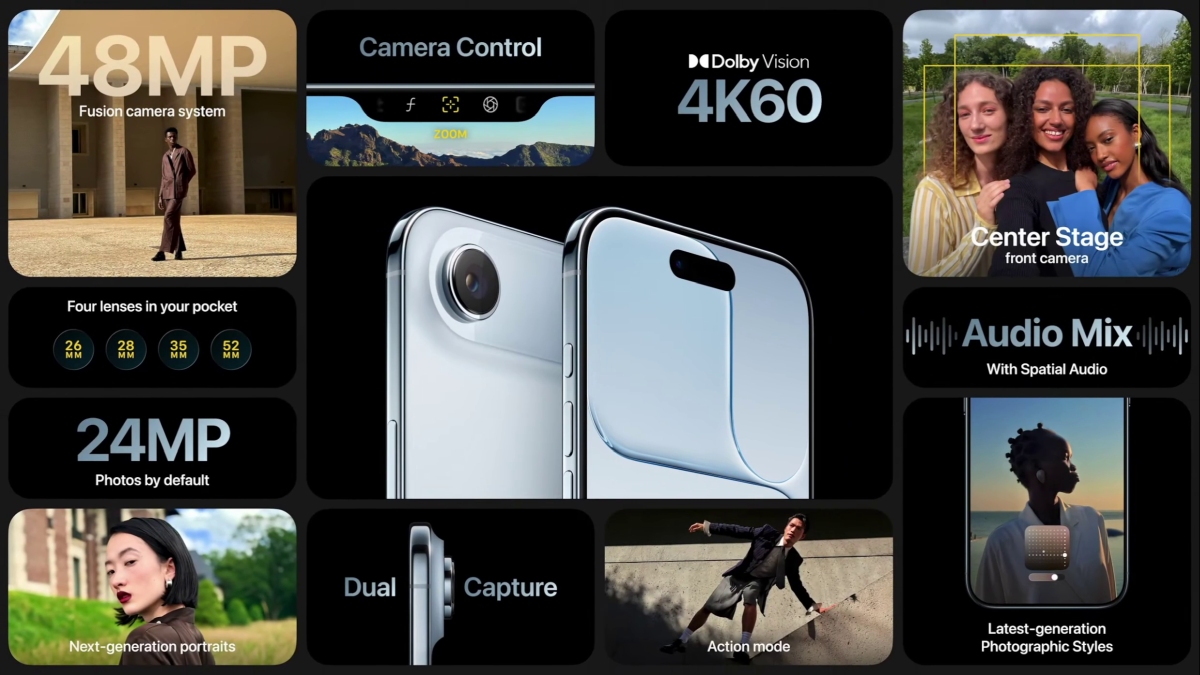
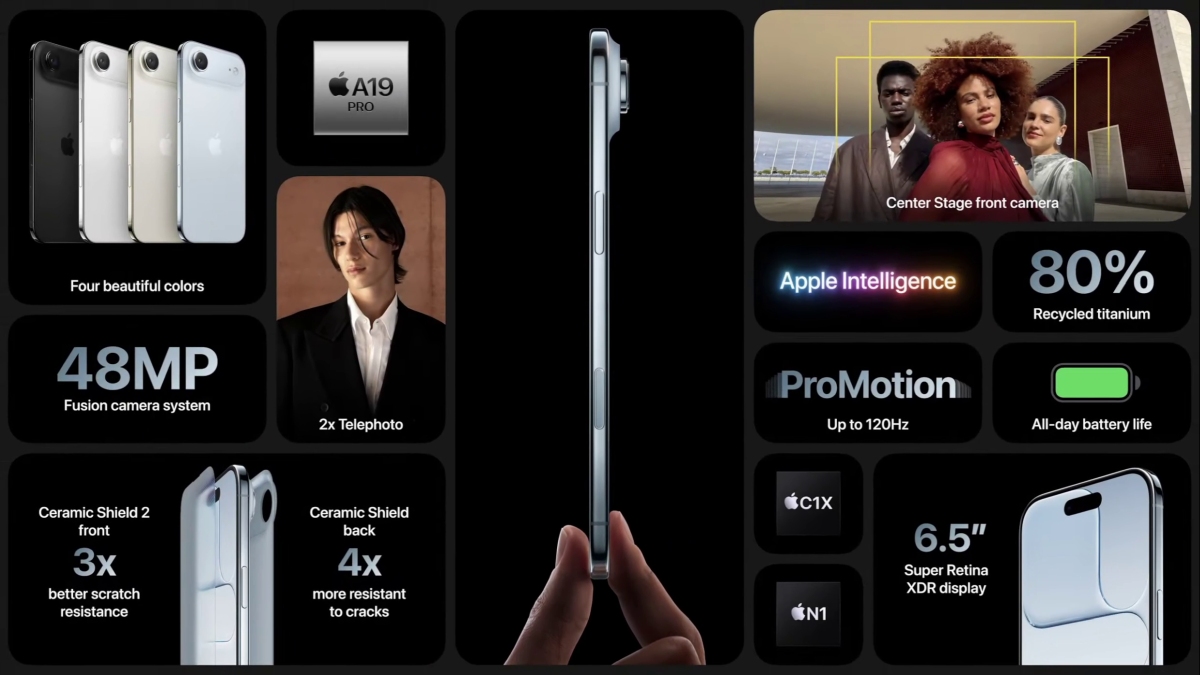
That makes the iPhone Air the winner in Malaysia this generation. Not because it’s categorically better in every way, but because it’s the only one you can actually buy here.


